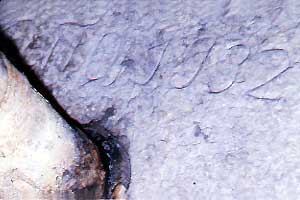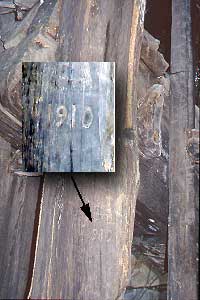
Coscojuela de Sobrarbe




Nature took its rights and in 2010 it was a spiny task to work our way to the door which was hidden behind a huge wall of thornbush (3).


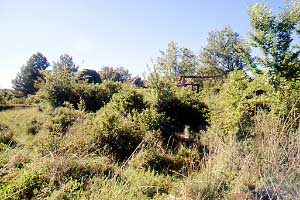
Nothing less than tragic in view of the fact that the aceitero of Coscojuela de Sobrarbe
is declared a heritage site and listed in the Catálogo de Patrimonio Arquitectónico y Etnográfico of Aragón
(See Decreto 26/2010 of Aragón's Government of 23.II.2010).
The catalogue features two mills more and a short lookup of our visit reports
shows that being on this list is no guarantee for a decent existence (†).



Beams stick out and poles point in all directions and this, together with all the rubbish on the ground, makes navigating through the workplace a bit risky.

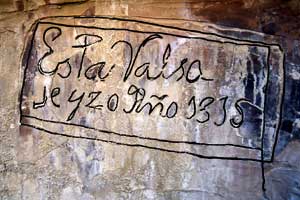
The ruello, that is the stone wheel, is engraved with 1932 (6, 16).
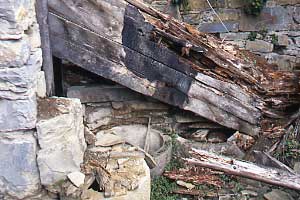
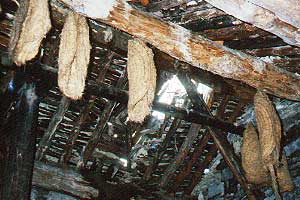
The press suffered a fracture (9), perhaps due to a fire, and the middle section is reduced to rotten pulp. Some of the mats (10) can still be recognized between the rubbish on the floor, but the caracol (13: the screw to lower and heigthen the press) is now definitely lost.
The original poles with handle (14) which served to control the height and the pivoting of the mean beam are still in place, but they are in such a poor condition that they probably won't live for another year.
All very sad, indeed.


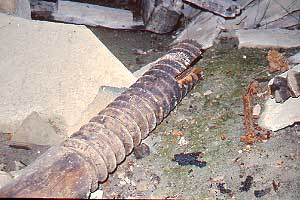
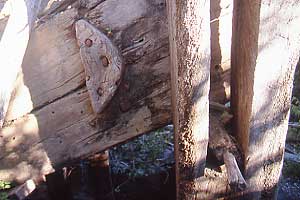
A literature reference states that the press at some place carries the year
1796 (‡).
I can't confirm its existence. The inscription may well be rotten away.
I've found a year on the main beam also, but I'm not sure what to think of it.

